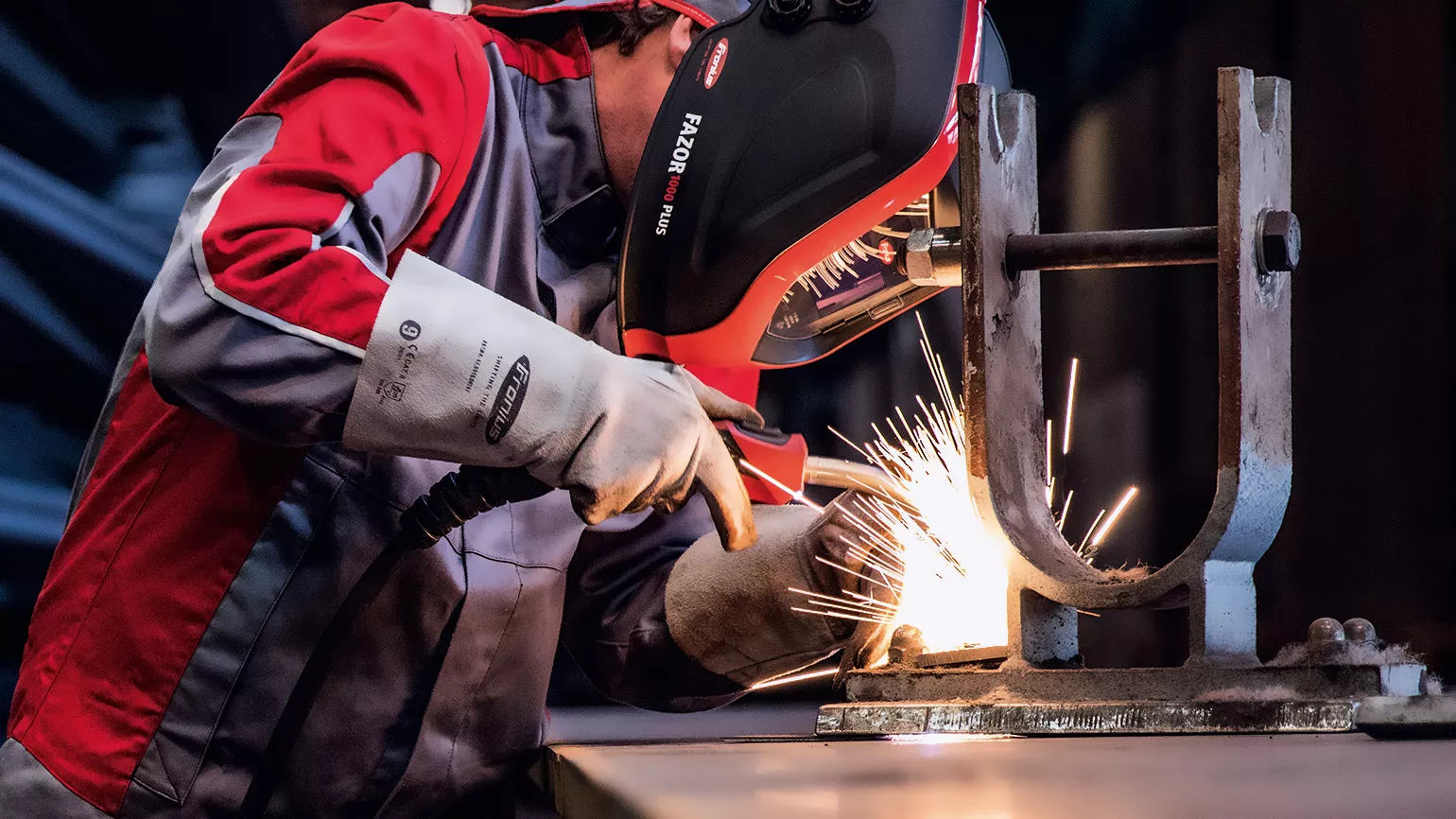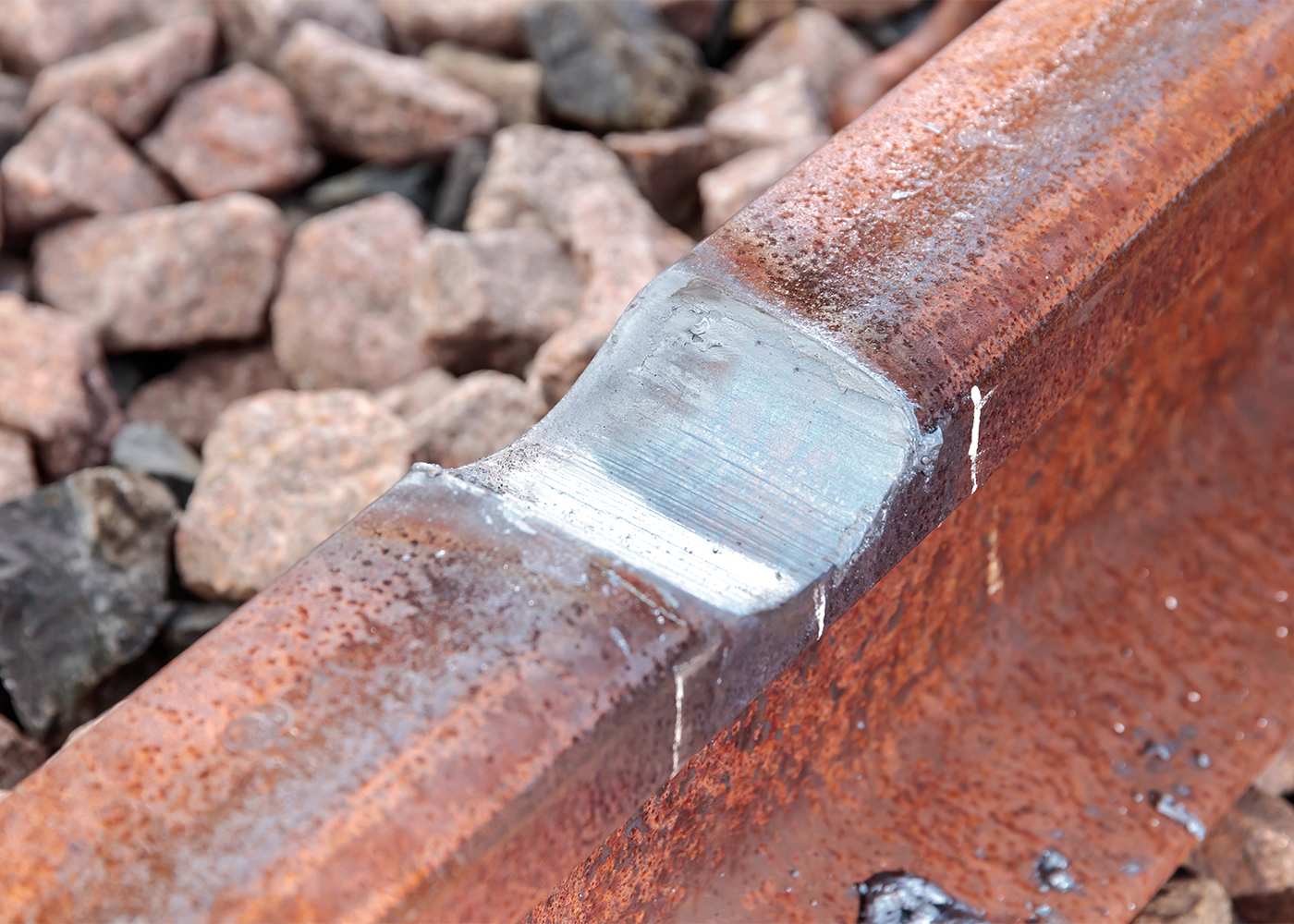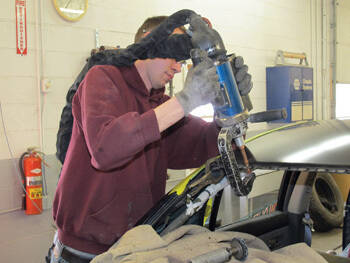Typical Welding Repair Service Issues and Just How to Address Them Effectively
Welding repair services frequently encounter a series of concerns that can threaten the stability of the end product. Common issues include insufficient penetration, porosity, and misalignment, to name a few. Each problem provides one-of-a-kind challenges that call for specific techniques for resolution. Comprehending these concerns is vital for welders intending to enhance their abilities and results. This discussion will check out these usual welding repair concerns and reliable approaches to address them.
Poor Penetration
Poor penetration happens when the weld steel fails to totally fuse with the base product, resulting in weak joints and possible architectural failings. This concern frequently stems from inadequate warmth input, incorrect electrode angle, or inappropriate welding rate. Welders might run into inadequate infiltration as a result of a miscalculation of the essential parameters for a particular material density or kind. Additionally, contamination on the base product's surface can prevent efficient bonding, intensifying the issue. To resolve poor penetration, welders should ensure suitable setups on their equipment and keep a tidy job surface area. Regular inspection of welds is recommended to recognize any kind of deficiencies early, enabling for timely adjustments and the prevention of jeopardized architectural integrity in welded settings up.
Porosity
Porosity is an usual flaw in welded joints that shows up as small gas bubbles trapped within the weld steel. This flaw can compromise the honesty of the weld, leading to decreased toughness and prospective failing under tension. Montana Mobile Welding and Repair Belgrade Welding. Porosity normally occurs from contamination, moisture, or inappropriate welding methods, which enable gases to escape into the liquified weld pool. To attend to porosity, welders should guarantee correct surface prep work, maintain a clean working atmosphere, and utilize ideal welding parameters. Additionally, picking the best filler product and protecting gas can alleviate gas entrapment. Routine inspection and screening of welds can help determine porosity early, guaranteeing timely corrective activities are taken, thereby preserving the high quality and reliability of the welded framework
Misalignment
Imbalance in welding can occur from numerous variables, consisting of improper arrangement and thermal growth. Comprehending the root causes is necessary for reliable resolution. Several improvement strategies are readily available to straighten components and assure architectural stability.
Causes of Imbalance
Welding imbalance commonly comes from a selection of underlying problems that can endanger structural honesty. One main reason is inappropriate fit-up of parts prior to welding, which can bring about gaps and uneven surfaces. Variations in thermal growth throughout the welding procedure can likewise cause distortion, specifically if the materials being joined have different coefficients of development. Additionally, insufficient fixturing and securing might fail to hold parts securely in area, causing movement during welding. Improperly kept devices, consisting of welding machines and devices, may present incongruities in the weld grain, more adding to misalignment. Driver mistake, stemming from insufficient training or experience, can additionally play a substantial function in producing misaligned welds.

Correction Strategies Available
Addressing misalignment successfully requires a mix of corrective methods tailored to the details issues handy. One usual technique is making use of jigs or components to hold elements in the appropriate placement during welding, guaranteeing regular alignment. Additionally, preheating the products can assist reduce distortion and boost fit-up. For considerable imbalance, mechanical adjustment methods, such as utilizing hydraulic jacks or clamps, can be employed to remedy the position prior to welding. Post-weld warm treatment might also be necessary to alleviate stresses triggered by imbalance. Finally, mindful evaluation and change throughout the setup stage can protect against misalignment issues from becoming considerable issues, advertising a smoother welding process and enhancing general structural stability.
Distortion
Distortion is a typical difficulty in welding that can develop from various aspects, consisting of unequal cooling and heating. Comprehending the reasons for distortion is vital for carrying out reliable prevention methods. Resolving this problem not just boosts structural stability but also boosts the total quality of the weld.
Causes of Distortion
When based on the intense heat of welding, products often go through adjustments that can lead to distortion. This phenomenon largely emerges from thermal expansion and contraction during the welding procedure. As the weld area heats up, the product increases; upon air conditioning, it contracts, which can create internal stress and anxieties. On top of that, irregular heating throughout a work surface can aggravate these stress and anxieties, leading to warping or flexing. The type of product also plays a substantial function; metals with varying thermal conductivity and coefficients of expansion might react in a different way, bring about uncertain distortions. In addition, inadequate joint style and insufficient fixturing can add to go to this website misalignment throughout welding, boosting the probability of distortion. Recognizing these reasons is necessary for effective welding repair service and avoidance strategies.
Avoidance Techniques
Efficient avoidance strategies for distortion throughout welding emphasis on controlling warm input and ensuring proper joint style. Keeping a regular warmth input helps to reduce thermal growth and contraction, which can lead to distortion. Utilizing techniques such as preheating the workpiece can likewise lower the temperature level slope, advertising consistent home heating. Furthermore, picking appropriate joint styles, such as T-joints or lap joints, can improve all weld stability and reduce stress and anxiety concentrations. Executing appropriate fixturing to protect the workpieces in place further help in keeping placement during the welding procedure. Finally, staggered welding sequences can disperse heat extra uniformly, avoiding local distortion. By using these techniques, welders can significantly reduce the likelihood of distortion and improve the total high quality of their welds.
Splitting
Cracking is an usual concern run into in welding repair work, typically resulting from different aspects such as incorrect air conditioning rates, product selection, or insufficient joint prep work. The occurrence of fractures can significantly compromise the stability of the weld, bring about prospective failings during operation. To address this problem, welders need to first examine the origin triggers, guaranteeing that materials work and suitably chosen for the particular application. Additionally, controlling the air conditioning rate throughout the welding procedure is vital; fast cooling can induce stress and result in cracking. Proper joint layout and preparation also add to lessening the risk. Executing these approaches can enhance weld high quality and sturdiness, inevitably decreasing the likelihood of fracturing in finished weldments.

Incomplete Combination
A considerable concern in welding repair work is incomplete blend, which occurs when the weld metal does not properly bond with the base product or previous weld passes - Montana Mobile Welding and Repair Welding. This defect can bring about weak points in the joint, potentially compromising the honesty of the welded framework. Elements adding to insufficient combination consist of inadequate warm input, incorrect welding strategy, and contamination of the surfaces being joined. To address this concern properly, welders ought to assure correct pre-weld cleansing and surface area prep work, along with readjust their sip mig welder welding parameters to achieve adequate infiltration and blend. Routine inspection throughout the welding procedure can likewise aid determine incomplete fusion early, permitting for timely corrective steps to boost the general quality of the weld
Overheating
While welding repair services can enhance architectural honesty, overheating provides a significant obstacle that can lead to material deterioration. Too much warm during welding can modify the mechanical buildings of steels, resulting in lowered stamina, raised brittleness, and bending. This sensation is specifically vital in high-stress applications where structural reliability is vital. Identifying overheating can entail visual examinations for discoloration or distortion, in addition to monitoring temperature during the welding process. To mitigate the threats connected with getting too hot, welders ought to utilize proper techniques, such as controlling warmth input, readjusting traveling rate, and making use of suitable filler products. Additionally, executing pre- and post-weld warmth treatments can assist bring back product homes and improve the general quality of the repair, guaranteeing lasting performance and security.
Often Asked Questions
What Are the Usual Indicators of a Welding Defect?

Just How Can I Test My Welds for Quality?
To check welds for quality, one can make use of aesthetic assessments, ultrasonic testing, and radiographic techniques. Each strategy ensures structural honesty, determines issues, and verifies adherence to specified criteria, inevitably boosting the integrity of the bonded joints.
What Safety and security Preventative Measures Should I Take While Welding?
When welding, one must prioritize security by wearing proper personal safety equipment, making certain appropriate ventilation, securing combustible products away, maintaining a clean work space, and being mindful of environments to stop injuries and crashes.
Can I Fix a Weld Without Renovating the Entire Joint?
Fixing a weld without redesigning the entire joint is feasible, depending upon the damage (Montana Mobile Welding and Repair Belgrade Welding). Strategies such as grinding, including filler material, or using a welding procedure can effectively attend to specific flaws while preserving the bordering structure
What Devices Are Vital for Efficient Welding Services?
Important devices for efficient welding repair services consist of a welding device, wire brush, mill, protective equipment, clamps, and filler products. Each tool plays an important duty in ensuring high quality and security during the repair service procedure. Porosity generally occurs from contamination, wetness, or incorrect welding techniques, which enable gases to run away right into the molten weld swimming pool. Inadequately conserved equipment, including welding devices and tools, might introduce disparities in the weld grain, further adding to misalignment. When subjected to the intense warm of welding, products typically undertake modifications that can lead to distortion. Breaking is a typical concern run into in welding fixings, frequently resulting from numerous factors such as inappropriate cooling rates, product choice, or insufficient joint preparation. A substantial concern in welding repair work is incomplete fusion, which happens when the weld steel does not appropriately bond with the base material or previous weld passes.